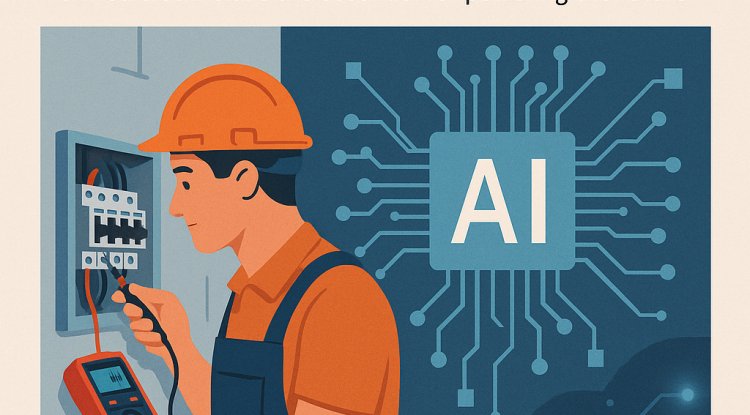What to Do If You Get an Electric Shock at Home
Learn how to respond to electric shocks at home with quick first aid steps, safety tips, and prevention methods to protect yourself and others.

Electricity is something we use every day without thinking—whether we’re boiling water for tea, watching TV, or charging our phones. But even though it’s essential, electricity can be dangerous if not handled properly. Electric shocks can happen suddenly and range from a mild jolt to a serious emergency.
Knowing what to do in those moments can make a big difference. Whether you’re doing some home repairs or just plugging in a device, here’s what you need to know if you or someone else gets an electric shock.
1. Spot the Signs of an Electric Shock
Not all electric shocks feel the same. Some feel like a quick zap—kind of like static from touching a doorknob. Others can be more serious and cause pain, burns, or even unconsciousness. Here are some common signs to watch out for:
-
Tingling or numbness
-
Muscle cramps or twitching
-
Burns on the skin
-
Trouble breathing
-
Irregular heartbeat
-
Fainting or blacking out
If someone shows any of these symptoms after coming into contact with electricity, it’s important to act fast.
2. Don’t Touch the Person Right Away
Your first instinct might be to rush in and help—but stop for a second. If the person is still touching the electrical source, don’t touch them with your bare hands. You could get shocked too.
Here’s what to do instead:
-
Turn off the power—unplug the appliance or switch off the circuit breaker if you can.
-
If that’s not possible, use something non-metallic and dry (like a wooden broom handle or a plastic object) to push the person away from the source.
-
Stand on something dry, like a rubber mat or even a stack of newspapers, to protect yourself.
3. Call for Emergency Help
Once the person is no longer in contact with electricity, call 911 or your local emergency number immediately. Even if they seem okay, electric shocks can cause internal injuries that aren’t always obvious.
4. Give First Aid If Needed
After calling for help, check how the person is doing:
-
If they’re not breathing or don’t have a pulse, begin CPR if you’re trained. If there’s an AED (automated external defibrillator) nearby and you know how to use it, follow the instructions.
-
If they’re awake and alert, keep them calm and lying down.
-
Cover any burns with a clean, dry cloth or sterile gauze—avoid towels or blankets with loose fibers.
-
Don’t give them food or water—just in case they need medical treatment later.
5. Watch for Symptoms Later On
Sometimes, symptoms of an electric shock don’t show up right away. A person might feel fine at first but have issues later—like memory problems, numbness, muscle pain, or trouble seeing clearly. It’s important to follow up with a doctor, even if the shock seemed minor at first.
6. Figure Out What Caused the Shock
After the emergency is over, take some time to figure out what went wrong. Shocks at home are often caused by:
-
Damaged cords or plugs
-
Faulty or exposed wiring
-
Overloaded outlets
-
Water near electrical devices
If you're not sure what caused the shock, hire a licensed electrician to check your home’s wiring. Don’t try to fix electrical issues on your own unless you’re trained to do it safely.
7. How to Stay Safe in the Future
Preventing electric shocks is mostly about using good habits and the right tools. Here are a few easy ways to protect yourself:
-
Use GFCI outlets in places with moisture (like kitchens, bathrooms, and garages). They shut off power if there’s a problem.
-
Check cords regularly for damage. If a cord is frayed or cracked, replace it. Don’t just tape it up.
-
Avoid overloading outlets—use power strips with surge protection if needed.
-
Keep tools and appliances dry, and never touch them with wet hands.
-
Use the right gear—at Uselectricaltools.com, we offer insulated tools, voltage testers, and safety equipment to help you work more safely around electricity.
Final Thoughts
Electric shocks can be scary, but staying calm and knowing what to do can save lives. Always turn off the power first, call for help, and don’t ignore symptoms—even if they show up later. Most importantly, prevent accidents before they happen by keeping your electrical system in good shape and using quality tools.














